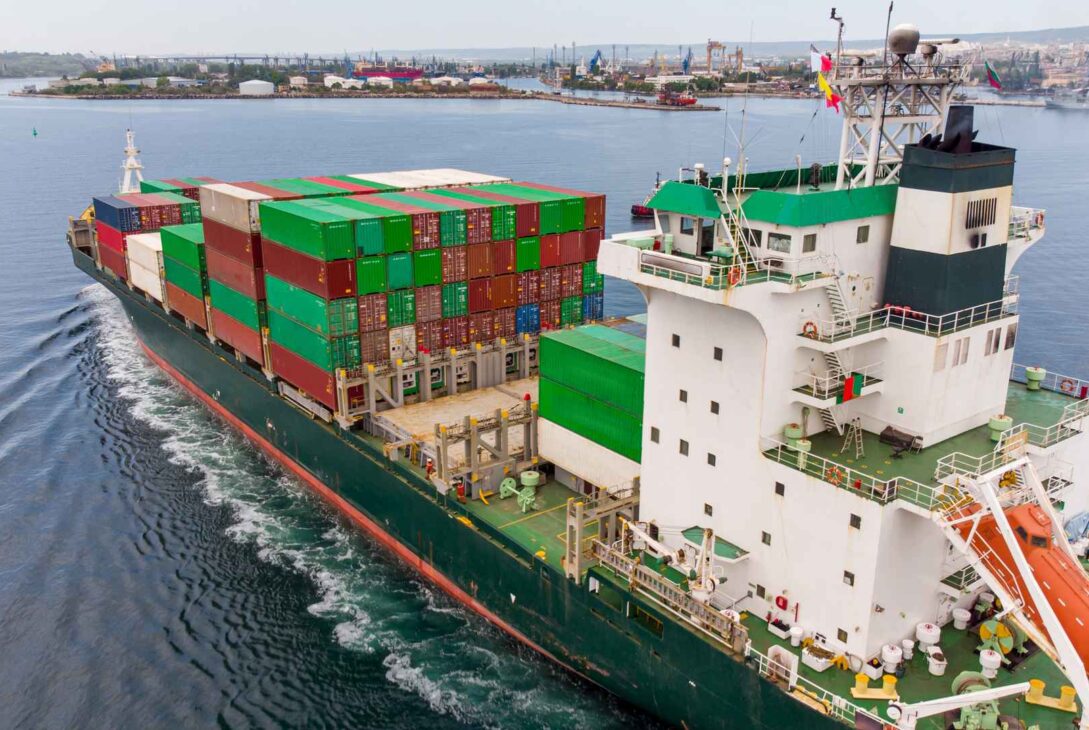India’s Exports Set to Hit Record $800 Billion in 2024-25
Introduction
India’s economy is on an upward trajectory, with its export sector playing a pivotal role in this growth. According to Commerce and Industry Minister Piyush Goyal, India’s exports are expected to achieve a historic milestone of $800 billion in the 2024-25 fiscal year. This remarkable achievement underscores the resilience and dynamism of the Indian economy, despite global challenges. In this article, we will explore the factors driving this growth, the significance of the import export business in India, and how the export business in India is shaping the nation’s economic future.
India’s Export Growth: A Closer Look
India’s export sector has witnessed significant growth over the past few years. Minister Piyush Goyal highlighted that exports have been rising consistently, and this trend is expected to continue. The projected $800 billion in exports for the current fiscal year marks a historic first for the country. This growth is a testament to the government’s efforts to boost trade and the resilience of Indian businesses in navigating global markets.
Key Drivers of Export Growth
Several factors have contributed to the impressive growth of India’s exports:
- Diversification of Export Markets:India has expanded its trade relationships beyond traditional markets, tapping into emerging economies in Africa, Southeast Asia, and Latin America.
- Government Initiatives:Policies such as the Production Linked Incentive (PLI) scheme and the Atmanirbhar Bharat (Self-Reliant India) campaign have encouraged domestic manufacturing and exports.
- Digital Transformation:The adoption of digital tools and e-commerce platforms has enabled Indian businesses to reach global customers more efficiently.
- Strong Domestic Demand:A growing middle class and increasing consumer spending have fueled production, leading to higher exports.
The Role of the Import Export Business in India
The import export business in India is a cornerstone of the country’s economic strategy. While exports are surging, imports also play a crucial role in meeting domestic demand and supporting industries. Minister Piyush Goyal pointed out that certain imports, such as petroleum products, coking coal, pulses, and edible oils, are “unavoidable” due to domestic shortages and high demand.
Balancing Imports and Exports
While the focus is often on boosting exports, a balanced approach to trade is essential. Rising imports can indicate a growing economy, as they often reflect increased domestic consumption and industrial activity. For instance, the import of raw materials like coking coal supports the steel industry, which in turn contributes to infrastructure development and job creation.
Moreover, the growth of the export business in India is closely linked to the import sector. Many industries rely on imported components or raw materials to produce goods for export. This interdependence highlights the importance of a robust import export business in India.
Challenges and Opportunities in the Export Sector
While the outlook for India’s exports is positive, there are challenges that need to be addressed to sustain this growth.
Challenges
- Global Economic Uncertainty:Fluctuations in global demand and geopolitical tensions can impact export performance.
- Logistical Bottlenecks:Infrastructure gaps and inefficiencies in supply chains can hinder the timely delivery of goods.
- Competition from Other Countries:India faces stiff competition from countries like China and Vietnam in key export sectors.
Opportunities
- Focus on High-Value Exports:India can capitalize on sectors like pharmaceuticals, IT services, and renewable energy to boost export revenues.
- Free Trade Agreements (FTAs):Negotiating FTAs with major economies can provide Indian businesses with better market access.
- Skill Development:Investing in workforce training can enhance productivity and competitiveness in the export sector.
The Impact of Government Policies
The Indian government has implemented several policies to support the export business in India. The 2025-26 Budget, for instance, has provided tax relief to the middle class, boosting consumption spending. This, in turn, drives production and exports. Additionally, initiatives like the PLI scheme have incentivized manufacturers to scale up production and explore export opportunities.
Future Outlook
Minister Piyush Goyal’s projection of $800 billion in exports reflects the government’s confidence in the sector’s potential. However, achieving this target will require sustained efforts to address challenges and capitalize on opportunities. With the right policies and a focus on innovation, India can solidify its position as a global trade powerhouse.
Conclusion
India’s export sector is on the brink of a historic achievement, with exports expected to reach $800 billion this fiscal year. This growth is driven by a combination of government initiatives, diversification of markets, and strong domestic demand. The import export business in India plays a vital role in this success, highlighting the interconnectedness of global trade. While challenges remain, the opportunities for growth are immense. By addressing logistical bottlenecks, negotiating FTAs, and focusing on high-value exports, India can continue to strengthen its position in the global economy.
Are you interested in exploring opportunities in the export business in India? Stay updated with the latest trends and insights by subscribing to our newsletter. Let’s build a stronger, more prosperous India together!
Read: In September 2024, India’s engineering exports reached $9.82 billion
Last modified: February 12, 2025



















